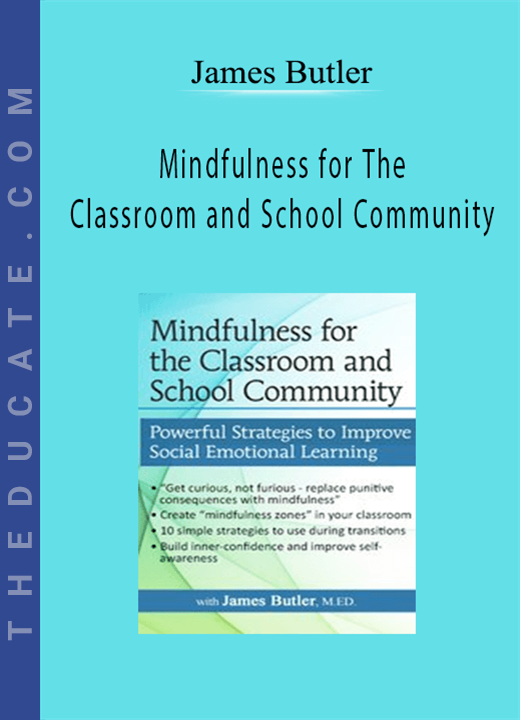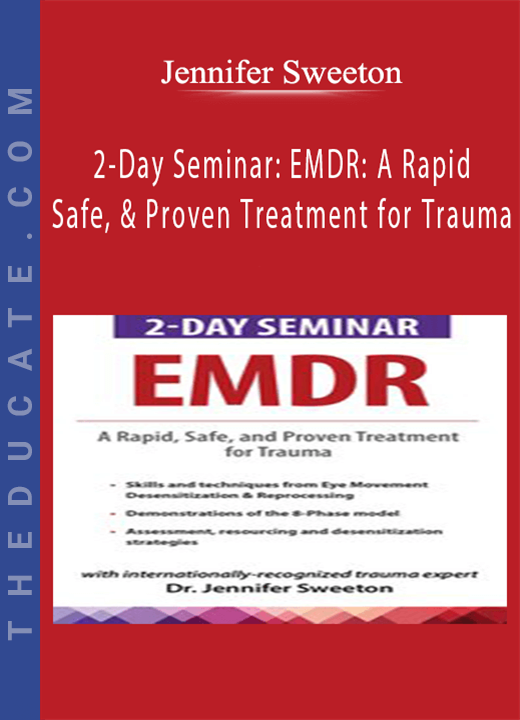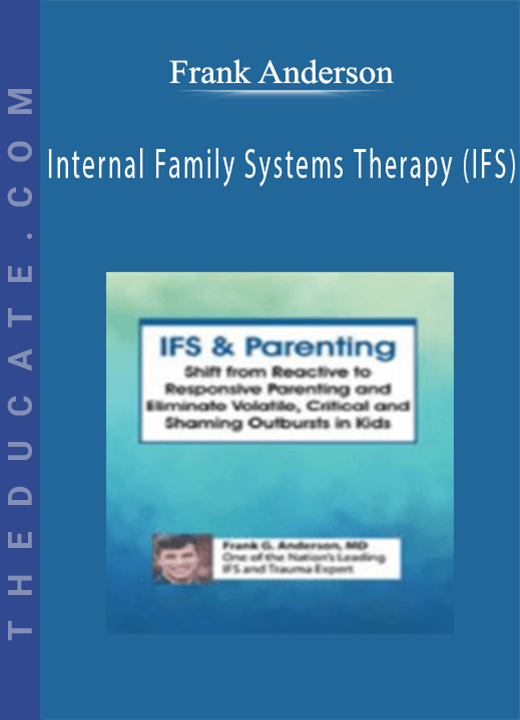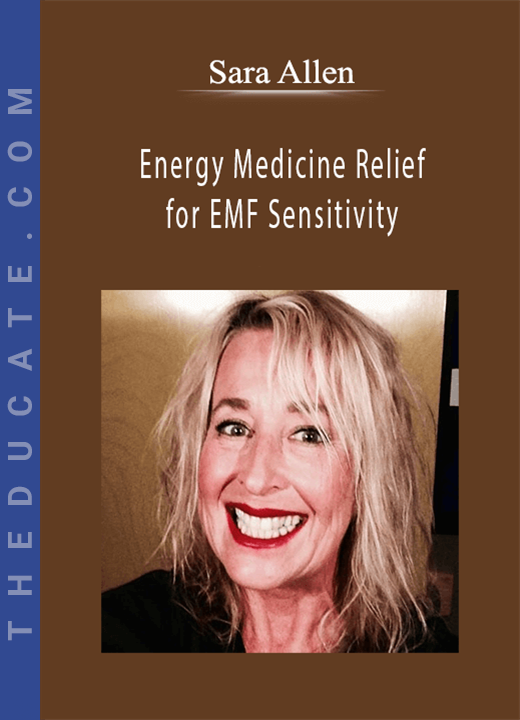Description
Mindfulness for The Classroom and School Community – James Butler
- “Get curious, not furious – replace punitive consequences with mindfulness”
- Create “mindfulness zones” in your classroom
- 10 simple strategies to use during transitions
- Build inner-confidence and improve self-awareness
Feeling like you’ve hit a brick wall when it comes to your most challenging students? You’ve tried every strategy known to man, to little or no avail. The outbursts of anxiety, anger and other means of acting out continue.
What if the “strategy” was a whole lot simpler than you could imagine?
We’ve all heard of mindfulness, but it’s time to learn what that means and how it applies to a classroom setting.
Join mindfulness specialist, James Butler, M.ED., in this exciting, engaging and experiential seminar. Mr. Butler will share the tools he spent 14 years developing and teach you how to integrate a mindfulness routine into your busy school schedule.
Through 1-5 minutes of daily mindfulness practices, your students will be able to name their feelings, and use their words in a clear-minded manner to solve problems. Kids will understand how to make their amygdala less active, and increase the activity of their hippocampus and prefrontal cortex leading to better emotional regulation and behavior in the classroom.
In this seminar, learn how to:
- Create a more responsive and less reactive classroom
- Foster self-compassion and compassion for others
- Develop a mindful classroom that fits into your busy school schedule
- Increase self-management and self-awareness
- Stay calm during stressful teacher moments
- Explain to colleagues the importance of social and emotional growth through mindfulness
- Implement easy to use, tactile-rich and sensory focused ways teach mindfulness to kids.
- Choose 5 ways mindfulness helps foster social and emotional learning.
- Compile tactile and kid-friendly mindfulness strategies to build inner-confidence.
- Communicate the benefits of mindfulness on rewiring the brain and how to best teach brain science to kids.
- Devise ways to “get curious, not furious” with students by becoming more aware of root causes of behavior.
- Develop 10 simple strategies to implement during transitions such as home to school, and class to class.
- Determine 5 ways to support self-care for teachers.
- Design a 5-step plan to create a mindful school community.
- Basic Neuroscience for Kids
- Tame the amygdala for emotional regulation
- Feed the hippocampus for enhanced learning
- Exercise the prefrontal cortex for responsiveness
- Teach neuroplasticity in an understandable manner
- Classroom Implementation
- Introduce the concept of mindfulness to students on day 1
- Achieve buy-in from skeptics of mindfulness
- Best times to implement during the day
- Ideal amount of time for daily practice in your classroom
- Tips for successful practice that meets the needs of your class and your teaching style
- 10 simple strategies to use during transitions
- Experiential Activities
- The 5 senses – paying attention on purpose
- Responding vs reacting
- Self-compassion and compassion for others
- Hands-on – Make Mindfulness Happen
- Create a “Mindfulness Zone” in your classroom
- Books and technology options for your school
- Curriculum with step-by-step mindfulness activities for an entire school year
- Create a Mindful School Community
- 5-step plan that focuses on students, teachers, parents, and community members
- “Get curious, not furious” – mindfulness practices as alternatives to punitive consequences
- Strategies to incorporate into homework, mealtime and bedtime
- Collaborate with community organizations
- Create a communication tool to be shared with staff, families & community
- Create a sustainable model







8 reviews for Mindfulness for The Classroom and School Community: Powerful Strategies for Social Emotional Learning – James Butler
There are no reviews yet.